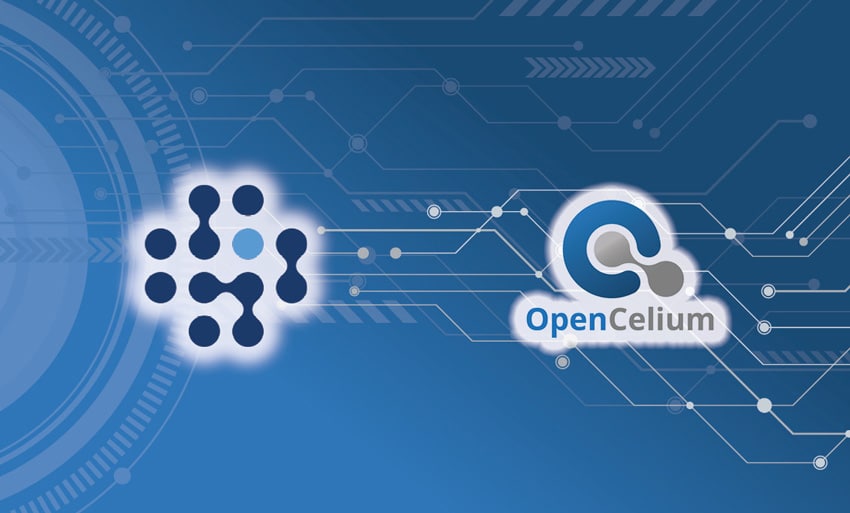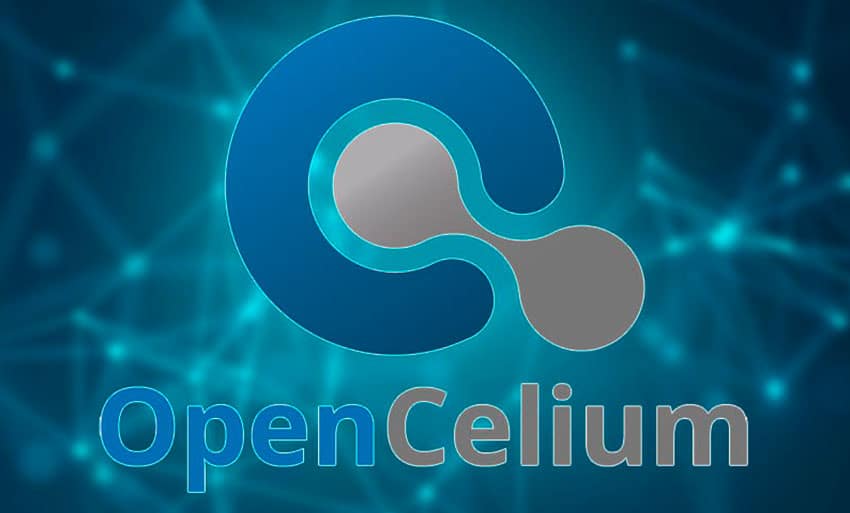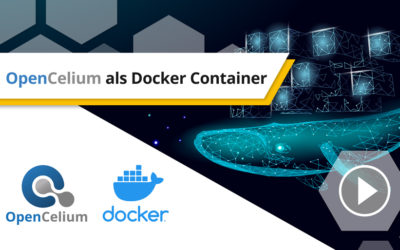We are pleased to announce the collaboration between LOGINventory and OpenCelium: Popular IT applications such as i-doit, Jira Service Desk, DataGerry, PRTG and many more can now be connected directly to LOGINventory via the Open Source API Hub. This means that assets (or CIs) recorded with LOGINventory can be created and updated fully automatically in these third-party systems. Information from these systems can also be stored directly in LOGINventory so that you can see open tickets on the assets, for example. Read about the new integrations here.
Simon Stein (Managing Director) from LOGINventory and Jakob Semere (CTO) from becon worked closely together to develop the interfaces. Mr. Stein and his team have expanded the LOGINventory API as required so that classic use cases from practice can be implemented with the OpenCelium connectors.

Jakob Semere, CTO – becon GmbH

Simon Stein, CEO – LOGINventory

The LOGINventory software is an IT asset management solution for the automated inventory and management of hardware, software, configuration and IT peripherals in company networks. The managed data is used in LOGINventory for IT documentation or license management and can be used to populate third-party systems.

OpenCelium takes over the management of the interfaces and their synchronization in a central position – as an API hub, so to speak, to which the applications are docked: without code, via wizard, end-to-end. It is an open source, web-based tool that is easy to use. All RESTful API interfaces can be seamlessly docked. A large number of API connectors for various applications in IT operations and IT service management are already available, and more are constantly being developed.
Integrations with LOGINventory and OpenCelium
First of all, it was important to us that we wanted to create integrations in different system areas. To do this, we looked at the areas of CMDB, ticketing and monitoring and identified use cases.

CMDB integration: LOGINventory and i-doit / DataGerry
The two popular CMDB-solutions i-doit and DataGerry are filled with data fully automatically: CIs or objects are created in the CMDB and filled with important information such as name, type, model, serial number, operating system, IP address, MAC address, inventory number, hard disk information, etc. In addition, relevant software packages can be created in the CMDB and linked to the asset. LOGINventory serves as a data supplier and manual export and import is a thing of the past.
Ticketing integration
Service Desk solutions, such as Jira Service Desk, OTRS and many more, can be filled with asset data from LOGINventory, just like CMDB systems, so that you can see details such as model, serial number or main user for each device at a glance. In addition, information on open tickets is stored as lifecycle entries directly on the asset in LOGINventory. You can see all details on the ticket status from here and can also open the ticket in the helpdesk via a direct link.
Monitoring integration: LOGINventory and PRTG
For the popular monitoring solution PRTG, OpenCelium can be used to create devices from LOGINventory fully automatically in PRTG and, for example, to create a host or a sensor such as Ping or RDP.
Further integrations are already being planned.
becon GmbH has extensive experience in the areas of digitalization, automation and API management. We are happy to share our expertise and support you in optimizing processes, developing your API management strategy and introducing OpenCelium. Please contact us without obligation. Together, we ensure that your company’s business processes are taken to the next level.

Digitization
7 quick tips: How to successfully digitize your processes.

Whitepaper | Digitizing Business Processes
The following 7 tips will help you digitize your business processes. One challenge in the programmatic mapping of IT or business processes is overcoming application boundaries. At some point, the functional spectrum of an application comes to an end and you have to pass the data baton to another application so that the process can continue undisturbed without any manual intermediate steps. In our whitepaper, we tell you how this works.
Request whitepaper now
Specialist articles on Open Celium
Subscribe to our blog!
We will not only talk about us here, but above all provide interesting information about the transformation of IT with all its technological facets.
blog
Articles on the topic of API management
Press release: Connectors now open source, new subscription model, OpenCelium GmbH founded
becon GmbH announces that all OpenCelium connectors, including the previously paid ones, are now available as open source.
OpenCelium now as Docker Container
In this tutorial I will show you step by step how to...
Contact
Instant contact
Do you have any questions, suggestions, requests or are you facing a particular challenge? We look forward to hearing from you!








